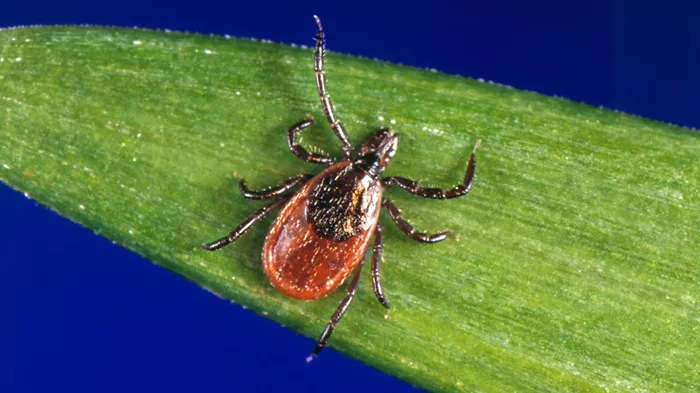Health experts are urging Canadians to be vigilant for symptoms of anaplasmosis, a tick-borne disease that has seen increasing case counts over the past 15 years. Anaplasmosis is caused by the Anaplasma phagocytophilum bacteria and transmitted through tick bites.
In the early 2000s, only a few human cases were reported annually across provinces and territories. However, recent data shows up to 500 cases a year in regions where anaplasma-carrying ticks are prevalent, though not all are full-blown clinical cases.
“It is kind of the new kid on the block,” said Heather Coatsworth, a research scientist at the Public Health Agency of Canada’s National Microbiology Laboratory, in an interview with Dr. Brian Goldman, host of CBC’s “The Dose.”
Geographic Distribution and Symptoms
Ticks carrying anaplasmosis are primarily found in Nova Scotia, Quebec, and Ontario, with cases also reported in Manitoba and Alberta. The disease infects white blood cells in humans and animals, causing early symptoms such as fever, chills, headache, and fatigue. If untreated, it can lead to severe conditions like respiratory failure, anemia, liver disease, and even death, particularly in immunocompromised individuals, children, and the elderly.
Transmission and Prevention
Anaplasmosis can be transmitted through tick bites, blood transfusion, solid organ donation, and possibly from mother to baby. Ticks require approximately 18 hours of feeding to transmit the bacteria to the host.
Preventative measures include avoiding tick bites by using bug sprays containing DEET, performing regular tick checks, and avoiding direct skin contact with grassy or forested areas. Wearing long sleeves, tucking pants into socks, and treating clothes with permethrin can also help. If bitten, remove the tick with tweezers and keep it for potential testing. Online tools like eTick can assist in identifying tick species and high-risk areas.
Comparison to Lyme Disease
Anaplasmosis shares early symptoms with Lyme disease, such as flu-like symptoms, but lacks the distinctive bull’s eye rash of Lyme disease. Both diseases can be treated with the antibiotic doxycycline, and patients with anaplasmosis typically recover without post-treatment symptoms like arthritis, which can occur in Lyme disease patients. While Lyme disease remains more common, with around 2,500 cases reported in 2023, anaplasmosis became a nationally notifiable disease in April 2024, meaning cases must now be reported to public health authorities.
Enjoying Nature Safely
Despite the risks, experts like Vett Lloyd, a biology professor at Mount Allison University, encourage Canadians to enjoy nature while taking precautions. “Get outside, enjoy it and then do tick checks afterwards,” Lloyd advised.
By staying informed and vigilant, Canadians can reduce their risk of tick-borne diseases and continue to enjoy the great outdoors safely.
[inline_related_posts title=”You Might Be Interested In” title_align=”left” style=”list” number=”6″ align=”none” ids=”10372,10369,10366″ by=”categories” orderby=”rand” order=”DESC” hide_thumb=”no” thumb_right=”no” views=”no” date=”yes” grid_columns=”2″ post_type=”” tax=””]

































